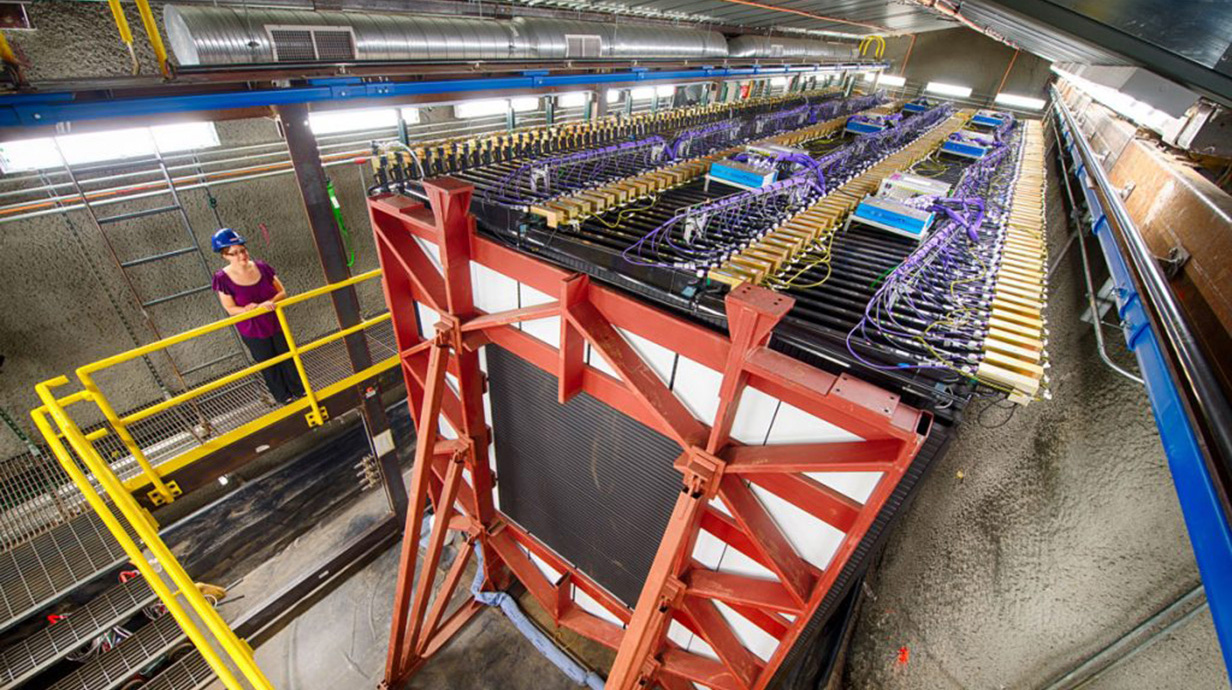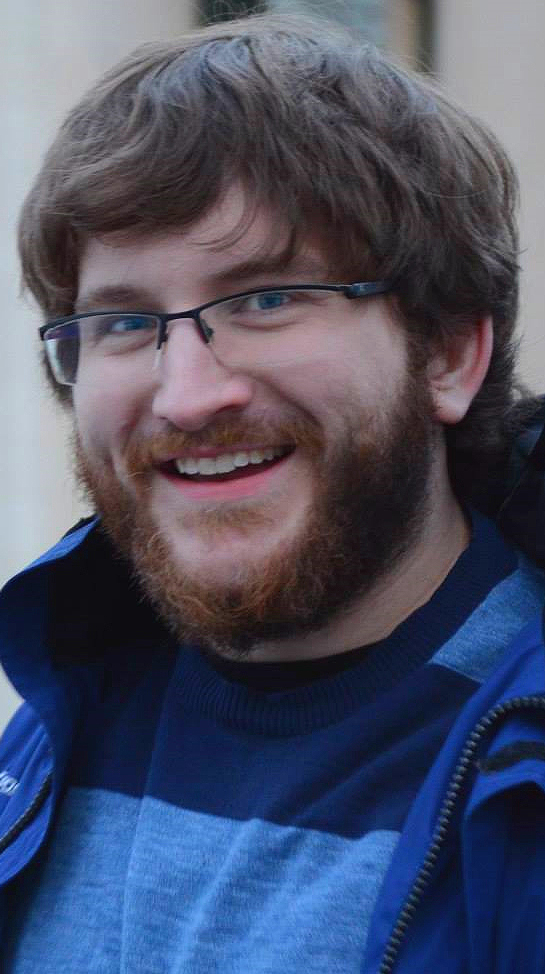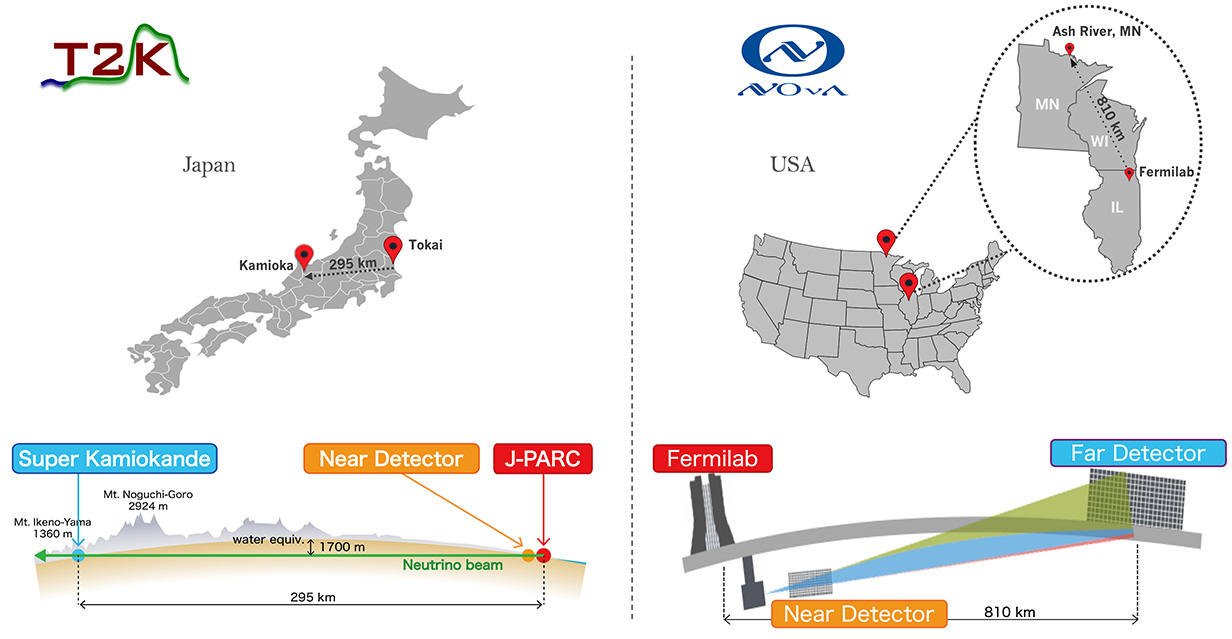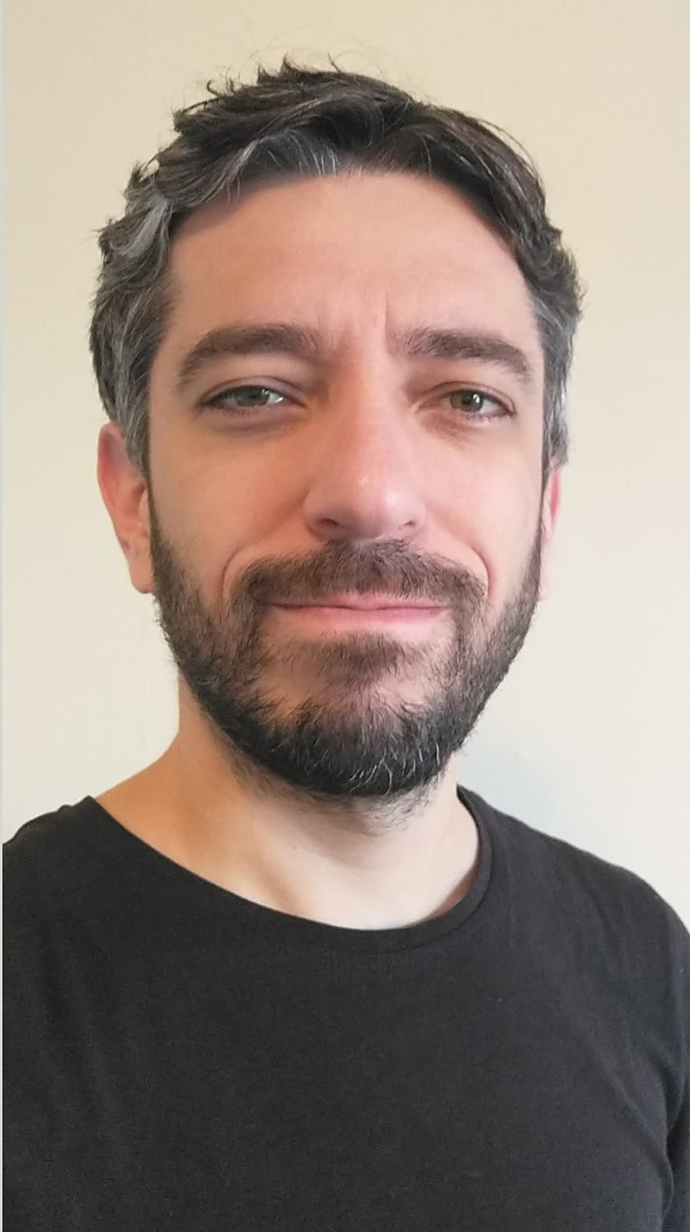Global Collaboration Reveals New Insights into 'Ghost Particles'
UM physicists among hundreds of scientists contributing to international discovery

OXFORD, Miss. – University of Mississippi researchers supported a groundbreaking international study that has produced the most precise measurement yet of neutrinos, one of the most mysterious and abundant particles in the universe.
The United States' NOvA and Japan's T2K experiments combined forces to create the most advanced measurements yet of the fluctuating mass of these "ghost particles," which are some 1,000 times smaller than an electron. The study was published today (Oct. 22) in Nature.

Gavin Davies, Ole Miss associate professor of physics and astronomy, was among more than 250 scientists and engineers from 49 institutions in eight countries that contributed to Fermilab's NOvA experiment near Chicago.
"The two experiments have made their own measurements, but combining their data, we are able to start understanding any differences, improve global consistency and demonstrate strong global cooperation," he said. "The experiments have complementary setups and are more sensitive to different pieces of the neutrino puzzle.
"Our understanding is refined and strengthened in the combination of the two."
Neutrinos are miniscule particles that weigh so little that scientists have been unable to measure their mass. They are also the most abundant particles that have mass in the universe, with some 100 trillion passing through a human body undetected each second.
As they move through space, neutrinos shift between three types or "flavors" in a phenomenon called oscillation. Further complicating the study of neutrinos, the particles also shift mass as they move – but the mass is not dependent on the flavor. Instead, each flavor is made up of a mix of the mass states.

"Neutrinos are fascinating because they represent one of the few known ways in which the Standard Model of particle physics does not quite hold up," said Jeffrey Kleykamp, a postdoctoral researcher in the Department of Physics and Astronomy's high energy physics research group. "The model predicts that neutrinos should have no mass, but the fact that they oscillate between types tells us they must.
"That single contradiction opens up deep and fundamental questions about how our universe works, from why matter exists at all to how forces might unify at the smallest scales. And yet, these are particles that pass through us by the billions every second, unnoticed."
To study the elusive particles, NOvA and T2K each have long-ranging experiments that shoot a beam of neutrinos from one location to another hundreds of miles away and compare data recorded at each location.
By comparing the results from each experiment, the researchers were able to better understand the complex nature of the ghost particle.
"By making a joint analysis, you can get a more precise measurement than each experiment can produce alone," said Liudmila Kolupaeva, postdoctoral researcher at the Joint Institute for Nuclear Research and NOvA collaborator. "As a rule, experiments in high-energy physics have different designs even if they have the same science goal.

T2K in Japan and NOvA in the United States are both long-baseline experiments, meaning that each shoot an intense beam of neutrinos that passes through both a near detector close to the neutrino source and a far detector hundreds of kilometers away. Both experiments compare data recorded in each detector to learn about neutrinos’ behavior and properties. Graphic courtesy T2K and NOvA collaborations
"Joint analyses allow us to use complementary features of these designs."
Understanding why neutrinos shift mass and flavor could help answer fundamental questions about existence, such as why matter and antimatter did not cancel one another out at the beginning of the universe.
Davies is the NOvA computing coordinator and is responsible for planning, managing and overseeing all aspects of computing and data management for the experiment. He and his students supported the software and computing infrastructure that made the analysis possible.
Kleykamp served as NOvA's data production convener and manager for more than a year.
"Neutrinos are tiny particles carrying big questions," said Luiz Prais, a postdoctoral fellow at the University of Cincinnati and former student in Davies' neutrino physics research group.

"The fact that we now have something that evidences the so-called Beyond Standard Model physics opens countless windows for potential new physics analyses using neutrino and antineutrino data."
NOvA and T2K are also the only active long-baseline neutrino experiments in the world, and this is the first time they have combined their results.
"Being part of such a large team made me realize why we call these experiments a 'collaboration'; you cannot do this alone," Prais said. "The complexity of the physics we are dealing with requires hundreds of professionals, past and present, with the widest spectrum of specialization, which together built the machinery that made this analysis possible."
This research is supported by the Department of Energy grant no. DE-SC0021616.
Top: The 300-ton NOvA neutrino near detector at Fermilab in Batavia, Illinois, allows researchers to study neutrinos, some of the most abundant and mysterious particles in the universe. Ole Miss physics researchers are among the team that published the most precise measurement yet of the so-called 'ghost particles.' Photo courtesy Reidar Hahn/Fermilab
By
Clara Turnage
Campus
Office, Department or Center
Published
October 22, 2025
